BLOGS
Basics of Ballet: How To Get Started

Ballet is a well-known activity for young girls and boys interested in dance. Most ballet schools will have classes that accept students as young as three years old. Ballet students can keep practicing ballet recreationally, or they can aim to compete in ballet competitions or work towards a career as professional ballet dancers.
Today, ballet has become more inclusive, and most ballet schools nowadays will also have beginner ballet classes for adults or ballet fitness classes. Ballet is now more accessible to people who did not learn it as a child but would want to learn ballet as an adult, either for fun or as part of their active lifestyle. Ballet fitness classes are a subtype of ballet classes that focus mostly on exercises and workouts that are grounded in ballet theories and movements.

Whether you or your child wants to pursue ballet, it’s always best to start with the basics. When you begin to take classes, you can practice the basics of ballet at home. Just ensure that you have ample space to move and practice. The best way to support your newfound interest in ballet is to have a home that allows you to engage in activities you find joy in, such as ballet.
Build a home studio in your own modern luxury house at Lausanne at Crosswinds, or dedicate a corner of your condo at Alpine Villas Tagaytay as your ballet space. Brittany Living allows you to have a luxury lifestyle you love while living in a luxury community expertly designed by Brittany Corporation.
The History of Ballet
Ballet is a Renaissance-era dance form that originated in Italy. But it was only when the dance gained popularity in France and then Russia that ballet was codified and taught with a well-developed curriculum.
King Louis XIV established the Royal Dance Academy in France to standardize ballet and certify teachers and instructors. This is why, as you learn the basics of ballet, you will find that most of the terms used in this dance are actually in French.

Today, there are several styles of ballet, such as classical, romantic, neoclassical, and contemporary. Each style is identified by the different techniques and storytelling elements they use. There are also different methods of teaching ballet, which emerged from different countries and are often named after the person who developed them.
These teaching methods include the French School, the Vaganova Method developed by Agrippina Vaganova in Russia, the Cecchetti Method developed by Italian dancer Enrico Cecchetti, the Bournonville Method developed by Danish ballet master August Bournonville, the Royal Academy of Dance Method or the English style, and the Balanchine Method or American style developed by George Balanchine. Each school of ballet emphasizes different things in their teachings, but all follow the similar basics of ballet in their schools.
The Five Basic Positions of Ballet
Every beginner in ballet will learn the five basic positions for their feet and arms. These five positions are often some of the first lessons to be taught in a ballet class. These positions truly are the backbone of the basics of ballet and will allow dancers to progress to more advanced movements as they learn and gain strength.
Preparatory Position

While not officially part of the five basic positions, standing in a preparatory position is a crucial step in any dance class or performance. A dancer is not only judged by the way they move. They are also assessed based on how they stand and walk.
To stand in preparatory, a dancer has to stand with both feet in the first position, or with their heels together and toes pointing outward. Arms are down at the sides, but slightly forward, with wrists and fingers slightly bent. Dancers must stand straight, with the head and shoulders relaxed.
First Position
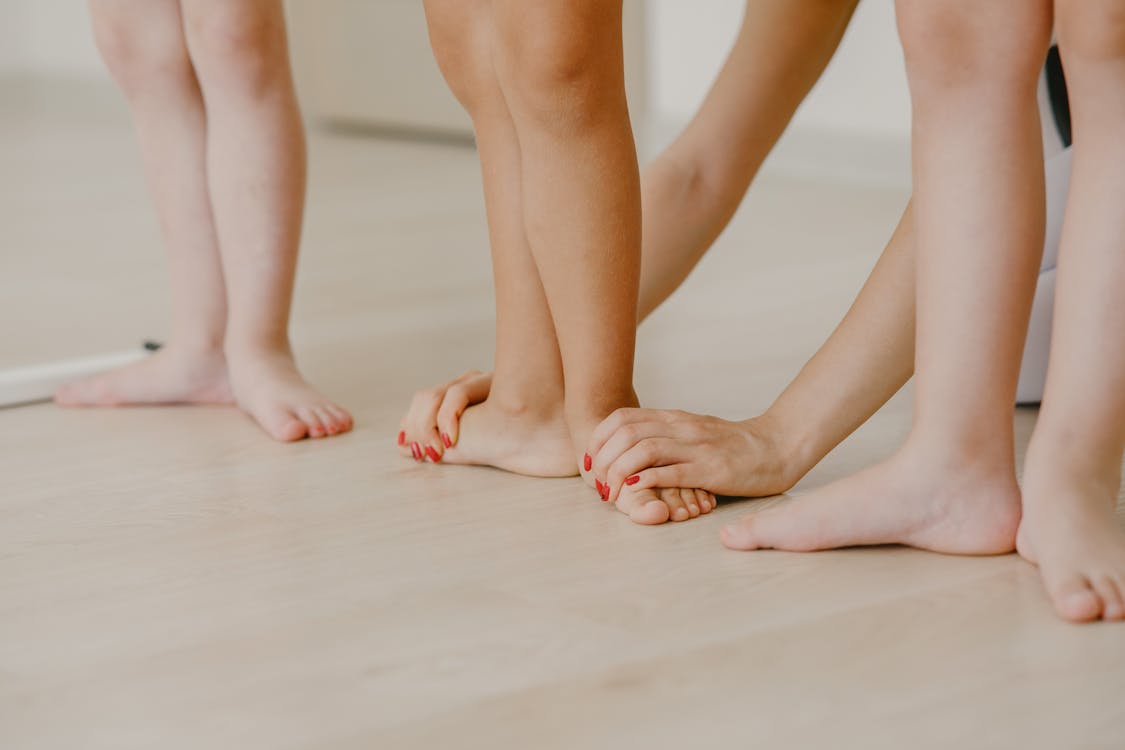
For the feet, the first position means standing with the heels touching, and the toes pointing outward. The legs are kept straight.
The arms are raised forward in front of the body in the first position. The elbows are bent slightly, making the arms slightly rounded. The fingers are pointed towards each other.
Second Position
In the second position, the feet are separated and they are about hip-width apart. The heels are still in, the toes remain pointed outward, and the knees remain straight.
For the arms, the second position means the arms are extended to the sides of the body. With the arms in a horizontal position, the wrist is bent slightly downwards.
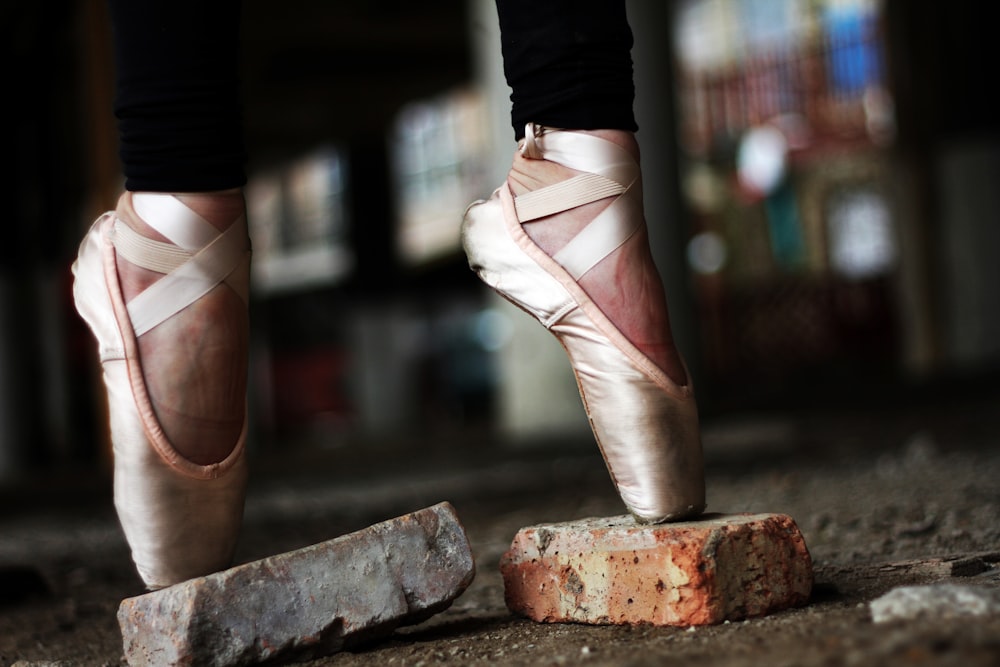
Third Position
For the third position, take one foot and position it so that the heel of the front foot is touching the middle of the arch of the back foot. Knees are straight and toes point outwards.
The arms will now be in different positions relative to each other. Raise one arm overhead, the arm opposite of the front leg. The other arm will remain raised horizontally at your side. This means that when doing the third position with the right foot in front, the left arm is raised overhead and the right arm is extended out to the side.
Fourth Position
In the fourth position, move one foot forward and away from the back foot. The heel of the front foot should be in line with the toe of the back foot.
For the arms, the arm raised overhead for the third position will remain overhead, while the other arm will be raised in front as if in the first position. Both elbows will be bent slightly, making the arms look slightly curved.
Fifth Position
The feet are brought close back together, with the heel of one foot touching the toe of the other foot. Both arms are raised overhead, with the elbows and wrists bent slightly to give that curved shape.
Basic Ballet Terms You Need to Know
As ballet is a highly technical form of dance, there are terms for each movement, and teaching dancers these terms also teaches the basics of ballet. These terms are often in French, and a ballet class often begins with these movements as part of the warm-up and training.
Barre
A barre is a bar attached to walls or a freestanding bar that dancers use for warm-ups, barre exercises, and for balance. Barre can be made of wood, metal, or plastic. It is usually about four feet tall and is either bolted to the floor or screwed into a weight-bearing wall. The barre is an important piece of equipment in ballet studios, as it provides support and stability for dancers while they are practicing.
Many ballet exercises are performed at the barre, and it is also used as a prop in some dance routines. Barre workouts have grown in popularity in recent years because they provide a low-impact form of strength training that can be performed by people of all levels of fitness. Whether you are a dancer or just looking for a new way to stay fit, working out at the barre can be a great option.
Plié
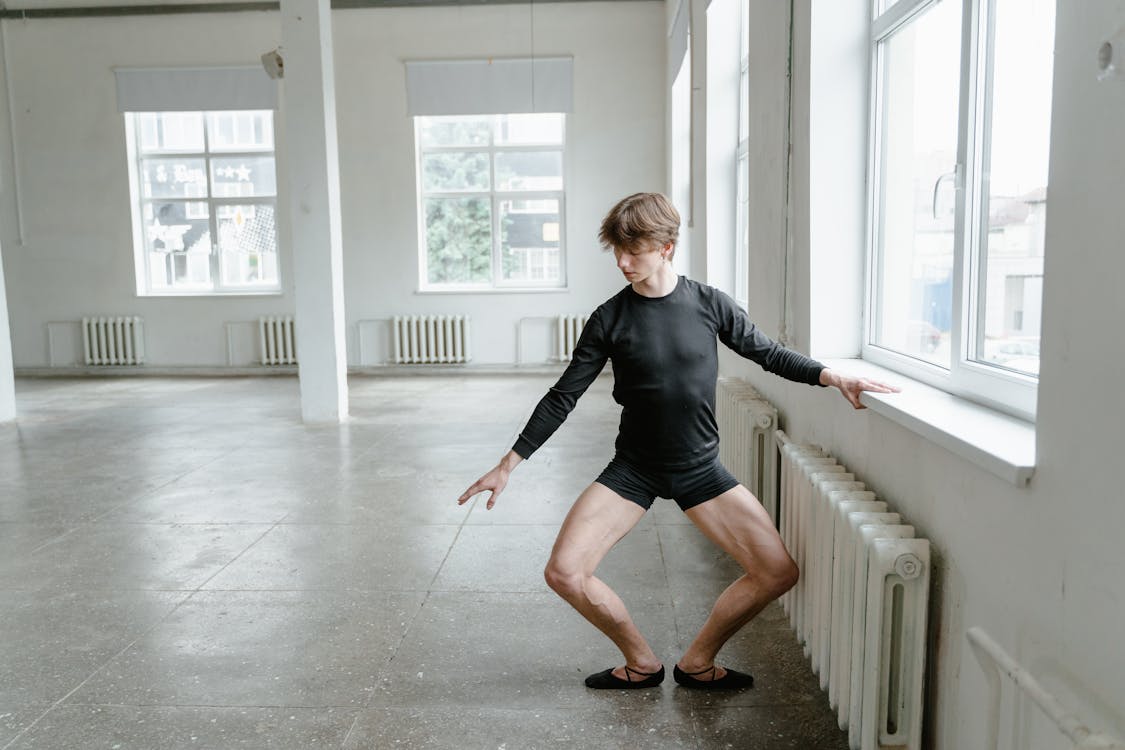
The plié is a fundamental movement in ballet. To execute a proper plié, a dancer must bend both knees while maintaining the legs and feet in a turned-out position. There are two types of pliés: the demi plié and the grand plié. The demi plié is a small bend; the feet remain flat on the floor throughout the movement.
The grand plié, on the other hand, is a deeper bend; during this movement, the heels are lifted off the floor. Though both types of pliés are essential for any ballet dancer, the grand plié is particularly important because it helps to build strength and resilience in the legs and feet.
Suggested Read: Eugene Ballet Gives A Feminist Spin To A Shakespeare Classic
Relevé
Relevé is an important movement in ballet. It is used to transition from one position to another and to create a fluid, graceful motion. The dancer must be very careful to maintain balance and control while performing a relevé. If done correctly, the movement will appear effortless and will add beauty and elegance to the dance. Although it may appear simple, relevé is actually quite complex and takes a great deal of practice to perfect. F
or beginners, it is important to start slowly and carefully before attempting to move faster or add any embellishments. With time and patience, any dancer can learn to execute a beautiful relevé.
Pirouette
A pirouette is a full turn on one foot. It’s a movement that dancers train to be able to do with increasing grace and skill. When executed correctly, a pirouette looks effortless, but it actually requires a great deal of strength and control. The dancer must be able to maintain balance while spinning at high speed. They must also have the flexibility to extend their leg fully and the stamina to sustain the turn for the duration of the music. A good pirouette is both technically sound and aesthetically pleasing, and it takes years of practice to perfect this challenging move. For many dancers, nailing that perfect pirouette is the ultimate goal.
En Pointe
En pointe is a technique used in ballet dancing, in which the dancer stands on the tips of their toes. This technique allows for a greater range of movement and makes it possible to execute complicated dance moves that would otherwise be impossible.
En pointe also refers to the fact that a dancer is ready to start training in pointe shoes, which is a more advanced skill. Pointe shoes are designed to support the dancer’s weight on the tips of their toes and enable them to dance for extended periods of time without pain or fatigue. Training in pointe shoes requires a great deal of strength and stamina, as well as a high level of skill. Dancers who have mastered en pointe technique are truly among the elite in the world.

Conclusion
One of the most beautiful and athletic dance forms is ballet. It welcomes dancers of all ages and skill levels. It is a dance that tells a story with the music and the movements. The dancers are lifted by the music, and their movements express the music’s emotions. The story is told through the beauty of the ballet, rather than through words. The dancers are in perfect harmony with the music and with each other. They move as one flowing entity.

The beauty of ballet is in its simplicity. There are no props or special effects, just the dancers and the music. Every performance is different and unique, yet there is always a sense of perfection. Ballet is a dance that will never be outdated or go out of style. It is a timeless art form that will always be appreciated by those who witness it.
Brittany has luxury properties that are as beautiful and timeless as Ballet
Augment your training in the basics of ballet with home practice in a home studio in your modern luxury house. Feel refreshed even as you get a ballet workout in when you live in the beautiful communities that Brittany offers:
Crosswinds Tagaytay
Crosswinds is a haven in the south that was inspired by Swiss architecture. At one of Tagaytay’s highest points, rows of picturesque chalets sit peacefully on a lush terrain. The sweet scent of over 35,000 pine trees fills the property, adding to the tranquility, while the music of interweaving winds soothes the senses.
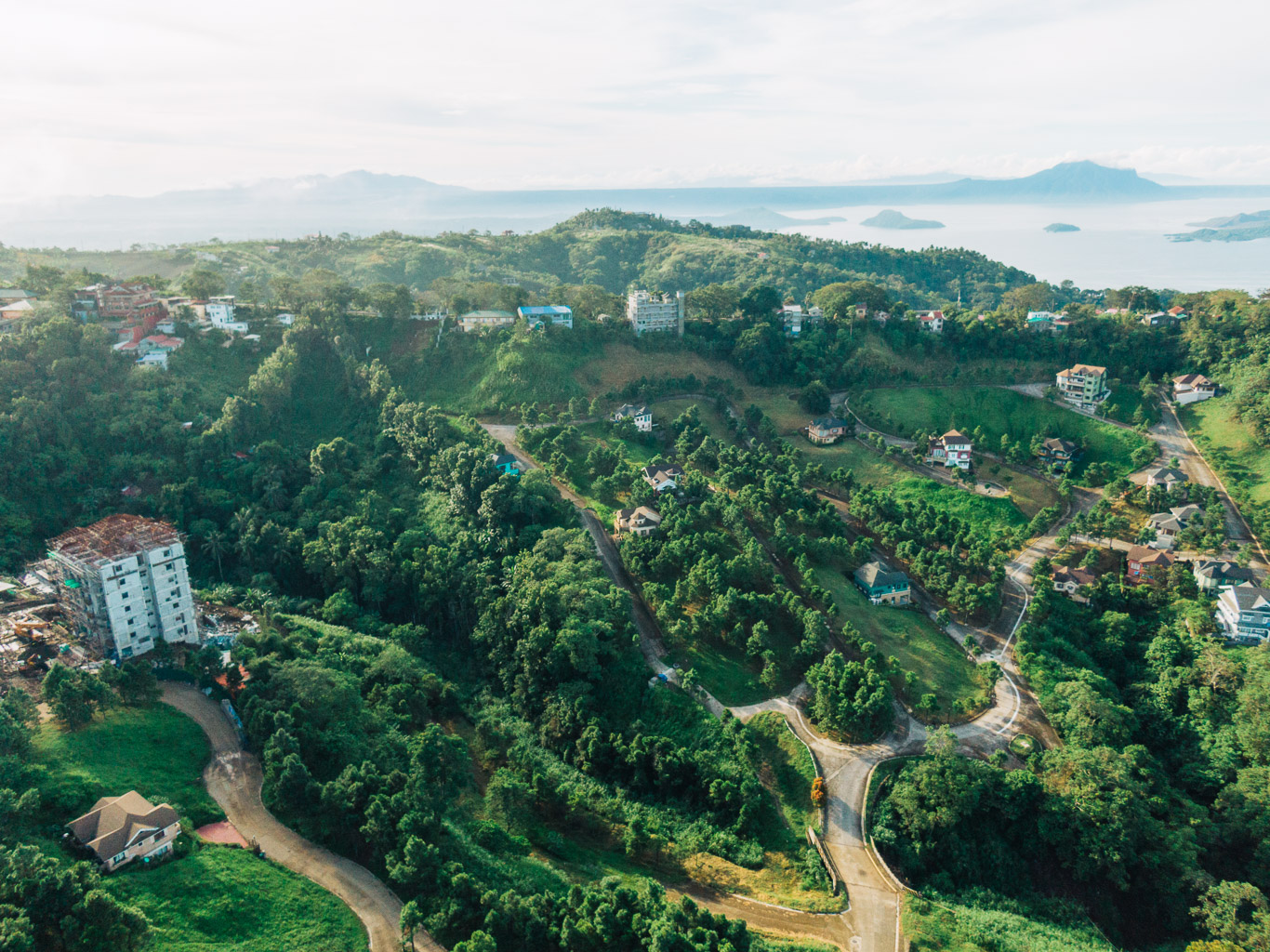
Amore at Portofino
The Portofino story is Brittany’s testament to the exuberance of the Italian way of life, set in the heart of what has been dubbed the Vista Alabang. The magnificent homes are a faithful recreation of Old-World Italy’s quaint magnificence – where life is celebrated with such zeal every day – and much more. It has all of the hallmarks of high-end city living, including exclusivity, luxury, and proximity. In Portofino, only the status of its residents rivals the high standard of living.
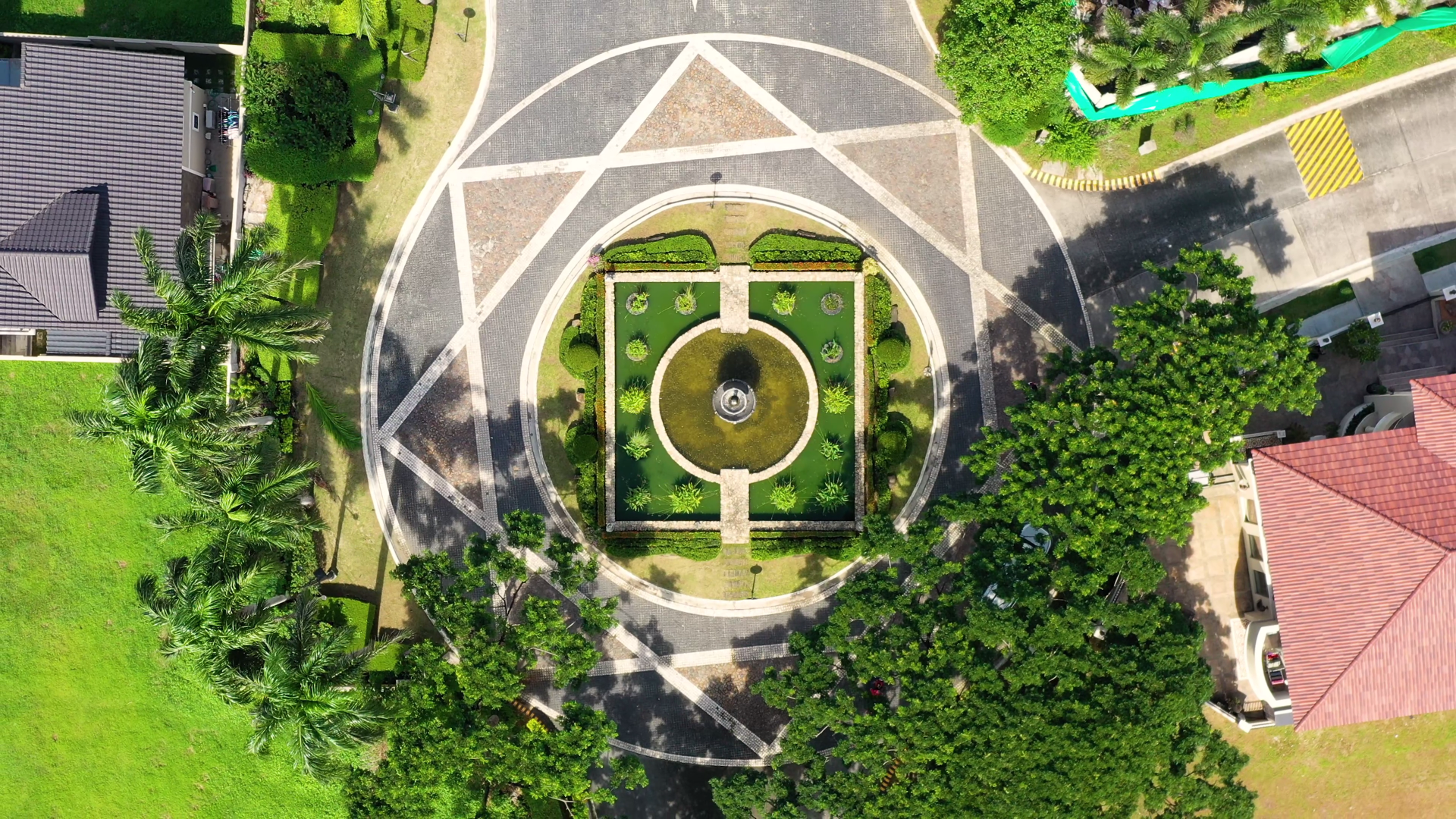
The Promenade in Sta, Rosa, Laguna is a slice of the English countryside. Sta. Rosa City, Laguna is fast becoming the Makati of the South, thanks to its booming commerce and the rise of some of the country’s most beautiful residential and leisure developments. This premier city and the heart of South Luzon has been dubbed “Lion City,” but it retains a rustic charm.
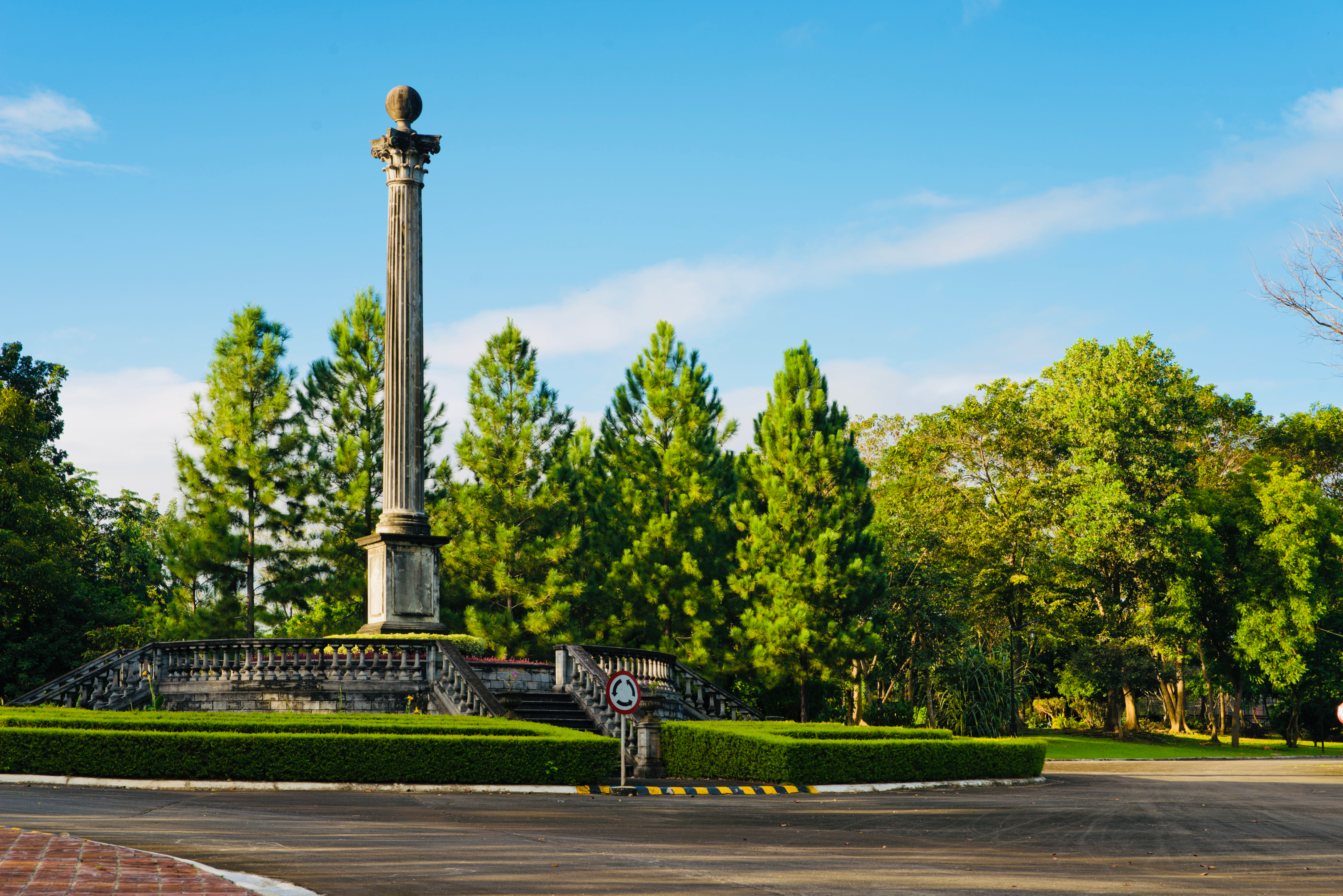
Live the Brittany living in the South
Brittany offers a luxurious lifestyle like no other! Our website provides an array of beautiful real estate options in the prime location of the South. Whether you’re looking for a primary residence, an investment property, or a second home, Brittany has it all. These luxury properties are located in the most sought-after cities and offer stunning views of the surrounding area. To learn more about these properties, contact any of our accredited property consultants.
NEXT READ: Brittany Corporation Unveils Alpine Villas’ First Tower in Crosswinds
NEXT READ: What You Need To Know Before Playing Golf
NEXT READ: Luxury Items Every Woman Should Own
NEXT READ: A Complete Guide To Outdoor Yoga
NEXT READ: Enjoying A Swiss Christmas
























